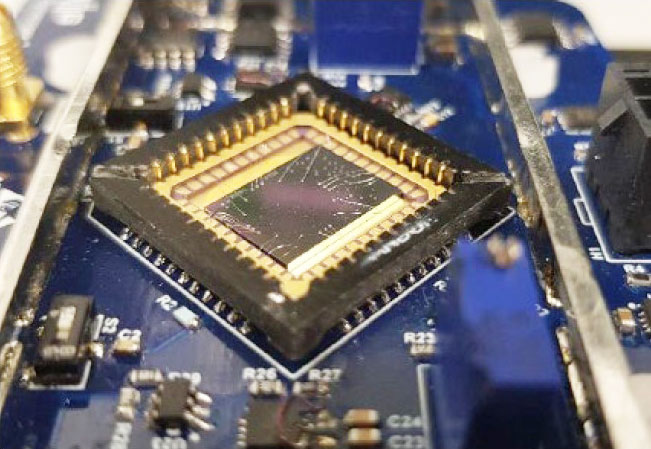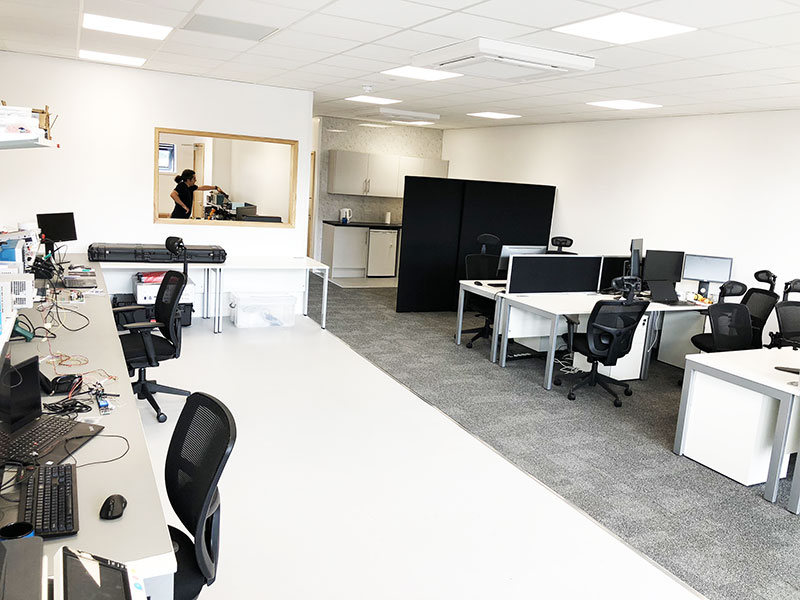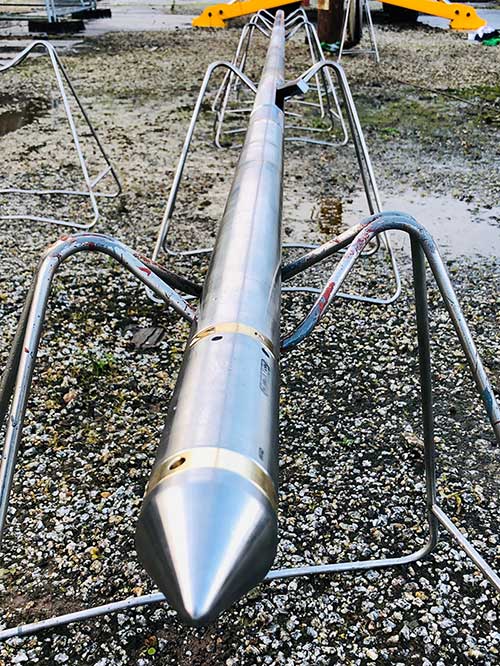SMG’s resonant MEMS technology is the result of over 10 years of research which was started at the University of Cambridge’s Nanoscience Centre. Multiple published papers position SMG at the forefront of development in this arena. We have a growing technology IP portfolio across 10 patent families generating over 20 granted patents.
Gravity sensors
Our breakthrough sensing technology enables the recording of gravitational acceleration at very high sensitivities of the order of one part per billion of the nominal value of Earth’s gravity (microGal sensitivity). This measurement is made possible using a MEMS (Microelectromechanical systems) device based on a resonant sensing methodology, as opposed more conventional capacitive or optical sensing methodologies. The physical principles of measurement employed in our devices (in contrast to other MEMS sensors) enable high-accuracy, low-frequency measurements of inertial forces. This unique approach to force transduction in MEMS provides exceptional parametric sensitivity that is combined with low-noise measurement techniques (developed at Cambridge University) with first-order cancellation of environmental drift to address high accuracy measurement.
SMG’s resonant MEMS methodology enables the detection of near-DC signals at high sensitivity while combining the traditional attributes of miniaturisation afforded by scalable microfabrication, including robustness to shock and vibration, and the potential for substantial gains in cost, power dissipation and form factor compared to conventionally machined devices. The MEMS accelerometer is both highly sensitive and stable enough to be able to record seismic events globally as well as tidal oscillations over several days. A 3-axis MEMS implementation enables the measurement of the local strength of the gravitational field. Sensitivity to both gravity and low-frequency seismic waves provide an opportunity for application in a wide set of areas; see Applications.
For more information please read the product data sheet.
Large dynamic range, low-noise accelerometers
SMG’s large dynamic range MEMS accelerometers have been scaled to meet tactical and navigation-grade applications demanding a dynamic range of > 25 g, a noise floor of < 5 µg/rt-Hz, and a bias instability of < 1 µg. The sensing principle is similar to the operation principle of the MEMS gravimeter i.e. tracking differential resonant frequency shifts in a pair of micro-machined vibrating beams mechanically linked to a proof mass. The conditioned differential frequency output is suitably digitized for integration e.g. together with other MEMS sensors to develop a compact inertial measurement unit (IMU). SMG’s devices are suitable for operation over a wide temperature range and under high shock and vibration environments.
For more information please read the product data sheet.
High performance rate gyroscope
Using similar resonant principles, we have developed a MEMS-based high performance rate gyroscope to have comparable performance accuracy and miniaturization benefits. This implementation is being designed to enable applications in inertial navigation not currently addressable by existing MEMS technology. The technology offers the similar potential for substantial gains in size, cost, power dissipation and form factor compared to conventional gyro devices.
While a rate gyroscope will enhance the performance of the MEMS gravity sensors (by enabling highly accurate positioning), this technology has much wider application to inertial navigation (e.g., pedestrian or automobile navigation systems), guidance, and stabilization or the directing of many intelligent systems for commercial, industrial, and military applications.
For more information please read the product data sheet.

MEMS accel (with fingers)




